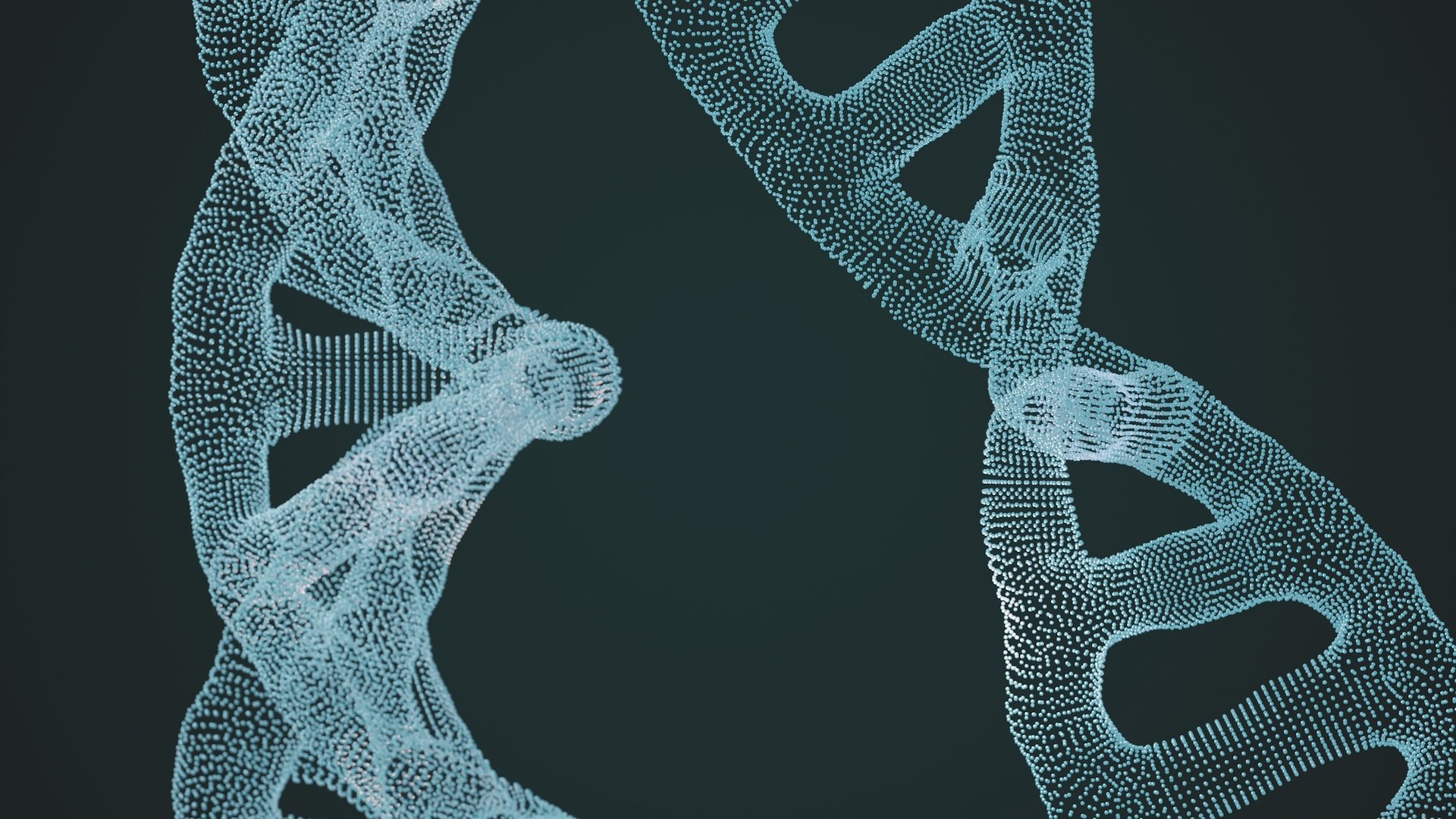Imaginations of Planet Earth as-a-whole—that is, Earth conceived in planetary terms by wide publics—have been shaped over several decades by the growing capabilities of artificial Earth satellites to image the whole Earth, to specify all locations, and to integrate the Earth’s diverse orbital space with everyday human activities. Different Earth orbits are becoming more densely used, more securitized, more intensely managed from Earth, and more integral to activities on Earth.
This Article focuses on two categories of satellite systems that contribute directly to planetary knowledge, Global Navigation Satellite Systems (GNSS) and Earth Observation Satellite Systems (EOSS). GNSS and EOSS have earlier military and intelligence origins, but were readily associated with 1990s-type “globalization”—the encouragement of trade and communication, and the monitoring and discouragement of illicit activities and flows. More recently both have also been integral to a process of “planetization”—the construction and wide diffusion of understandings of Earth in planetary terms, as a shared and contingent habitat with many dependencies. This Article traces the policies and conditions under which data from these satellite systems has become (for the time being) open and widely available to general publics, and the basis for “planetary” infrastructural development and dependence.
We argue that the major GNSS have all become “infrastructural”: broadcasting without charge freely available signals which enable timing, positioning, and navigation via receivers and downstream products for billions of users, as well as a fast-increasing range of important environmental uses. EOSS supply images and other data which flow into scientific models of Earth systems and many business and governmental use cases—with or without charge or restriction, depending on the provider and on government controls. EOSS have become, or are becoming, infrastructural for many forms of planetary knowledge. However, the provision of comprehensive, free-to-all, and highly reliable GNSS and EOSS data and services is not legally embedded or guaranteed, and it is far from assured. Both are “dual use” and vulnerable to kinetic or cyber disruption in conflict. GNSS are government-provided but readily spoofed or jammed, and governments are seeking to develop more resilient alternatives. EOSS are often privately owned or government-controlled, and the data or downstream products are increasingly liable to private enclosure or to government restriction on release. Questions about their assured availability and extension swirl together with renewed nationalism, military prioritization, and contestations of “planetary” politico-legal thinking and its imaginaries. It is now necessary to “think infrastructurally” about legal, policy, and economic means to ensure the reliable and universal availability, sustenance, and supplementation of these important foundations of planetary knowledge.
This paper was presented at the CJIL 2025 Symposium, Technological Innovation in Global Governance, held in January 2025, and is published in Chicago Journal of International Law, Volume 26, Issue 1 (2025).





